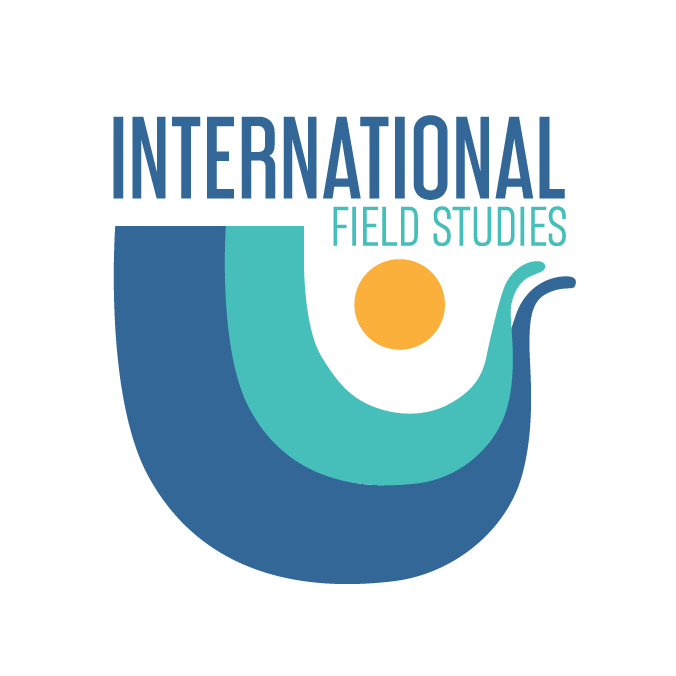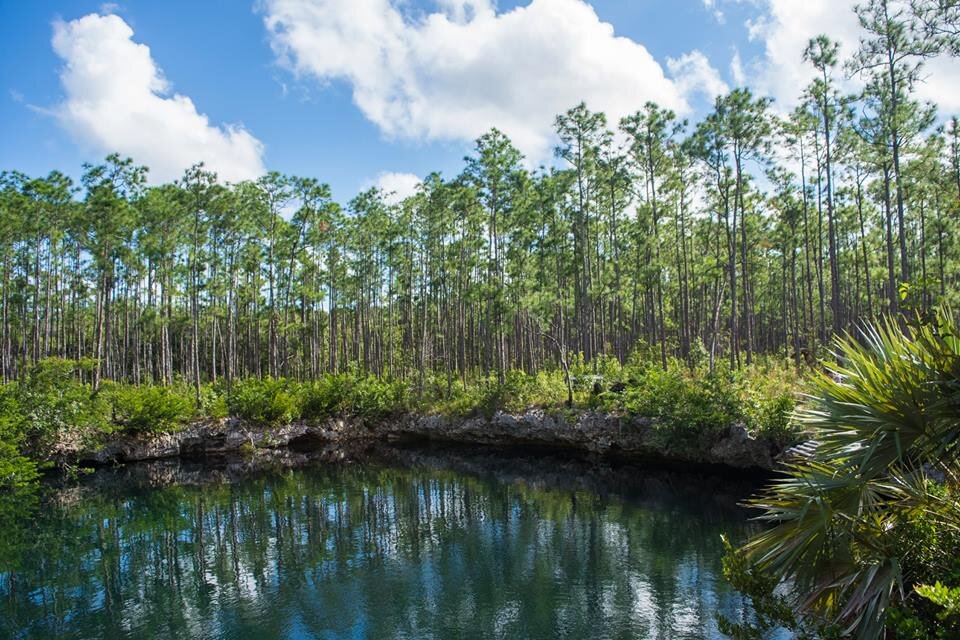GIVING BACK LOCALLY - 2020
/IFS is dedicated to working alongside the local community on Andros and our larger global community. All programming is meant to pursue our mission of providing environmental education, scientific research, and cultural awareness through experiential learning. In addition to our programming, we aim to give back to the community and our students as much as possible to expand our impact and create equal opportunities for young scholars.
One of the main ways IFS gives back is through our Androsia Scholarship Fund. All profits from the local Androsia wares and IFS branded merchandise sold at Forfar Field Station go directly to the Androsia Scholarship Fund.
In 2020, a total of $1,000 was raised and two $500 scholarships were awarded to two daughters of longtime IFS staff members Mr. Cordell Riley and Mrs. Shaneal Johnson.
The first $500 scholarship was given to Rakell Riley. Here is her letter sharing her story and speaking directly to donors:
“I would first like to start off by saying, thank you to everyone that donated to the scholarship fund. I am beyond grateful for the consideration, help, and faith that you have put in me. Going through the day knowing that there are people that believe in me actually helps me get through a rough week.
This past year hasn't exactly been the easiest. In September 2019, hurricane Dorian passed through The Bahamas, damaging not only the UB-North campus but also the spirits and mental states of the students attending there. The trauma of seeing the words "missing" and "deceased" next to some of the names of my newly found friends was too much for me to handle at the time. Therefore, I decided to put my mental health first and withdraw from the Fall 2019 semester. I had to get myself together and prepare for the semester ahead.
In January 2020, I returned to Grand Bahama to give my college career another go. It was not easy readjusting to college life, and on top of that the classes weren't easy. However, I was getting the hang of it. Then Covid-19 infiltrated The Bahamas, which forced students to return to their home islands. Classes were then completely virtual, and this posed as another challenge. But, I am thankful to say that like every other obstacle I've encountered, I overcame it. This semester hasn't been the best either with everything being online, but so far I'm making the best of my circumstances.
Once again, thank you so much for your contribution to my future. This will surely assist me in making it further.
My Best Regards,
Rakell Riley”
The second $500 scholarship was given to Rodneal Hanna. Here is her letter sharing her story and speaking directly to donors:
“I would like to thank you for your continued support of my journey to my degree. It has been a tough year especially since my university, like many others have gone virtual but I am still in school and holding on. However, I have changed my major to Secondary Education Religion Bachelor's Program. My G.P.A last semester (Spring 2020) was 3.52 and I intend on keeping it up in this current semester as well. College has been a wonderful and eye opening experience and I want to thank you once again for helping me to experience this amazing journey.
Rodneal Hanna”
Since 2016, IFS has raised $10,000 for the fund which is given away annually as awarded scholarships to seniors from Central Andros and Huntley Christie High Schools.
IFS is grateful to have also received the Fullen-Smith Foundation Scholarship in 2020. A big thank you to one of our Group Leaders, Deb, for sharing the scholarship opportunity with us and keeping IFS in her mind. Though we aim to keep the cost of our Forfar Marine Science Program (Gap Year) as low as possible, we understand it’s still a high price point for many students. We were thrilled to have offered 2 students attending the Fall 2020 cohort of the Forfar Marine Science Program with a scholarship from the Fullen-Smith Foundation! With four more gap year cohorts to run in 2021, IFS will continue to offer scholarship support thanks to the Fullen-Smith Foundation.
In memory of Ben Bohl, we started the Dr. Walter “Ben” Bohl scholarship fund in the fall of 2019. Since then, we have raised nearly $9,500 for the fund. This fund is ready when schools begin to travel again and have students who need assistance to attend the program. Group leaders will be notified once we open up that fund to help us identify students who could benefit from it.
Stay tuned for additional updates to this blog as we continue to share how IFS gives back to students both near and far. Thank you to everyone who has contributed in the past and continues to support IFS. Share this blog on your social media channels or post our donation page to help spread the word: intlfieldstudies.org/donate


























